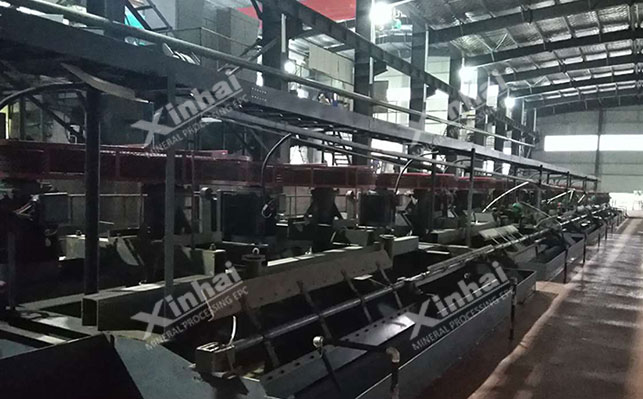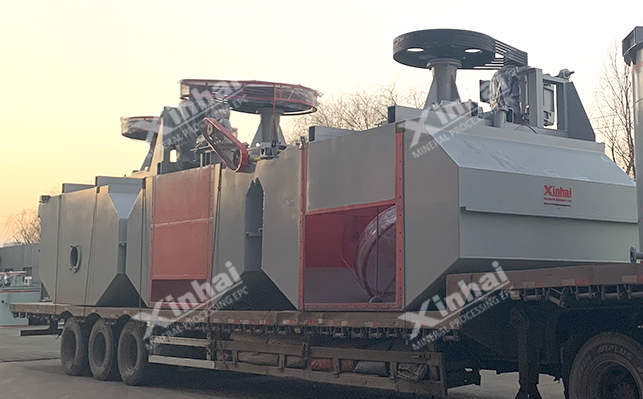
15311826613
Click to add WeChatSilver has good ductility, electrical conductivity and thermal conductivity, and can be processed into various silver products. It has shown important industrial value in the fields of electronics, electrical and electronic, photosensitive materials, chemical engineering, medicine and jewelry. According to the different types of silver ore, the dressing methods are also different. According to the different types of minerals contained, it can be divided into independent silver ore, associated silver ore and complex silver ore. In this article, we mainly introduce the independent silver ore dressing method!
Independent silver ore refers to silver in the form of independent minerals, and the silver content is high, but the mineral distribution particle size is uneven, and the structure of the ore is relatively complex. The silver in this type of ore is mainly natural silver, followed by argentite, horn silver, etc. In addition to silver minerals, it also contains a small amount of other metal minerals, such as galena, sphalerite, pyrite, etc., as well as some gangue minerals, such as quartz, calcite, etc. The embedded grain size of independent silver minerals is uneven, and the structure of the ore is relatively complex. This type of silver ore is mostly suitable for flotation, hydrogenation and flotation-oxidation combined methods.

Independent silver ore flotation is one of the commonly used methods. Since most of the silver minerals in independent silver ore have a certain floatability, by adding suitable flotation agents, the separation of silver minerals and gangue minerals can be effectively achieved. During the flotation process, the collector can selectively adsorb on the surface of the silver mineral, making its surface hydrophobic, so that it attaches to the bubbles and floats to the surface of the pulp to form a foam layer, which is scraped out to become silver concentrate. Different collectors need to be selected for different types of silver minerals.
The full mud oxidation method is suitable for treating some independent silver ores with extremely fine embedded grain size of silver minerals, which are closely associated with gangue minerals and are difficult to separate by conventional flotation. Common oxidation methods include chemical oxidation and biological oxidation.
Chemical oxidation: Adding oxidants (such as calcium peroxide, potassium permanganate, etc.) to the pulp will produce oxygen and react chemically with silver, oxidizing difficult-to-select minerals such as silver sulfides into a form that is more easily acted upon by subsequent agents. During the reaction, the pH value of the pulp needs to be controlled to promote the oxidation reaction. At the same time, the reaction temperature should be controlled to ensure the decomposition of the agent.
Biological oxidation: The sulfides in the silver ore are oxidized by the metabolism of certain microorganisms (such as Thiobacillus ferrooxidans, etc.). The bacterial liquid containing these microorganisms is connected to the pulp, and the microorganisms grow and reproduce in a suitable environment. The sulfuric acid and other substances produced by their metabolism can react with the sulfides in the silver ore.

For some independent silver ores with more complex properties, when a single flotation or full mud oxidation method may not achieve the ideal beneficiation effect, the flotation-oxidation combined method is to combine the two methods to achieve the separation of complex and difficult-to-select silver ores. This process first recovers most of the easily floatable silver minerals through flotation to obtain a silver rough concentrate; then the flotation tailings are subjected to full mud oxidation to further recover the silver therein. This can give full play to the advantages of flotation and full mud oxidation and improve the recovery rate of silver. For example, in an independent silver mine, about 70% of the silver was first recovered by flotation to obtain a rough concentrate with a silver grade of 3000-4000g/t; then the flotation tailings were subjected to full mud oxidation and leaching, and about 20% of the silver was recovered, bringing the total recovery rate to about 90%.